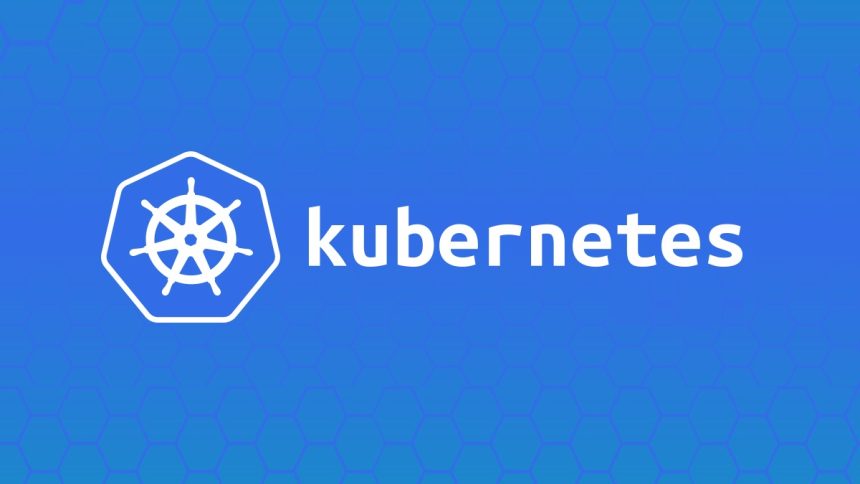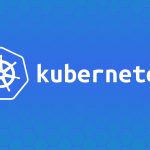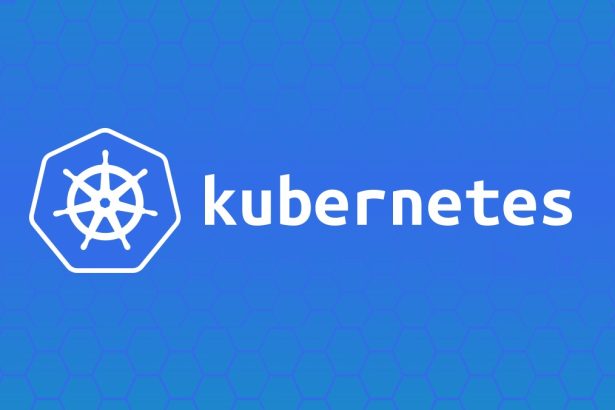Designing a Kubernetes cluster to serve multiple tenants is both a technical challenge and an operational opportunity. Multi-tenancy enables multiple teams or customers to share the same Kubernetes infrastructure while ensuring security, isolation, and fair resource usage. This guide dives into key considerations for multi-tenant Kubernetes cluster design, comparing single vs multiple clusters, multi-tenancy mechanisms like namespaces, RBAC, network policies, resource quotas, and real-world use cases.
Table of Contents
- Single vs Multiple Clusters
- Namespaces, RBAC, and Network Policies for Multi-Tenancy
- Resource Quotas and Isolation Strategies
- Real-World Use Cases and Pitfalls
- Final Thoughts
Single vs Multiple Clusters
When building a multi-tenant architecture, a key decision is whether to host tenants in a single Kubernetes cluster or use multiple clusters.
Single Cluster
A single Kubernetes cluster is shared among tenants, with logical isolation mechanisms (like namespaces and RBAC).
Pros:
- Lower Infrastructure Costs: Tenants share the same hardware and Kubernetes infrastructure, resulting in better cost efficiency.
- Centralized Management: Simplifies cluster management, including upgrades and monitoring.
- Resource Efficiency: Shared resources (e.g., control plane) reduce overhead.
Cons:
- Limited Isolation: Logical boundaries like namespaces may not fully eliminate risks of cross-tenant interference.
- Security Challenges: Resource leaks or privilege escalation across tenants are risks.
- Complexity at Scale: Managing resource contention and quotas for many tenants can be challenging.
Multiple Clusters
Each tenant or tenant group is isolated in a dedicated Kubernetes cluster, ensuring physical isolation.
Pros:
- Strong Isolation: Clear separation at the infrastructure level.
- Custom Configurations: Each tenant can have unique cluster-level configurations (e.g., Kubernetes versions, CNI plugins).
Cons:
- Higher Costs: Duplication of control plane and infrastructure resources leads to increased costs.
- Operational Overhead: Managing several clusters adds tooling and complexity.
Recommendation:
- Use single clusters for small to medium-sized environments where tenants don’t require strict isolation.
- Use multiple clusters for compliance-focused organizations (e.g., financial institutions) or high-value tenants with unique needs.
Namespaces, RBAC, and Network Policies for Multi-Tenancy
Namespaces
Namespaces provide logical isolation within a Kubernetes cluster. Each tenant is assigned a dedicated namespace.
Benefits:
- Segregation: Tenant workloads (Deployments, Services, ConfigMaps, etc.) are isolated by namespace.
- Simplified Management: Administrators can monitor and apply policies at the namespace level.
Creating a Namespace for a Tenant:
kubectl create namespace tenant-a
Role-Based Access Control (RBAC)
RBAC restricts access to Kubernetes resources based on tenant-specific roles and permissions.
Example:
Restrict users in a team to only manage resources in their namespace.
kind: Role
apiVersion: rbac.authorization.k8s.io/v1
metadata:
namespace: tenant-a
name: tenant-a-role
rules:
- apiGroups: [""]
resources: ["pods", "services"]
verbs: ["get", "list", "create", "delete"]
Bind this role to tenant-specific users:
kind: RoleBinding
apiVersion: rbac.authorization.k8s.io/v1
metadata:
name: tenant-a-binding
namespace: tenant-a
subjects:
- kind: User
name: tenant-a-user
apiGroup: rbac.authorization.k8s.io
roleRef:
kind: Role
name: tenant-a-role
apiGroup: rbac.authorization.k8s.io
Network Policies
Network Policies restrict network communication between namespaces, enhancing security by limiting inter-tenant communication.
Example: Allow ingress traffic only from specific namespaces:
apiVersion: networking.k8s.io/v1
kind: NetworkPolicy
metadata:
name: allow-namespace-ingress
namespace: tenant-a
spec:
podSelector:
matchLabels:
app: tenant-a
ingress:
- from:
- namespaceSelector:
matchLabels:
name: tenant-a
Best Practice: Combine namespaces, RBAC, and network policies to ensure tenants have isolated access to their workloads and the cluster network.
Resource Quotas and Isolation Strategies
Resource Quotas
Resource quotas control how much CPU, memory, storage, and other resources a tenant’s namespace can consume.
Example Quota for CPU and Memory:
apiVersion: v1
kind: ResourceQuota
metadata:
name: tenant-a-quota
namespace: tenant-a
spec:
hard:
requests.cpu: "500m"
requests.memory: "1Gi"
limits.cpu: "1"
limits.memory: "2Gi"
Apply quotas to ensure no single tenant monopolizes cluster resources.
Isolation Strategies
- Node Isolation:
Dedicate nodes to specific tenants using taints and tolerations:- Taint nodes:
kubectl taint nodes node-group-a tenant-a=reserved:NoSchedule - Add tolerations to tenant workloads:
tolerations: - key: "tenant-a" operator: "Equal" value: "reserved" effect: "NoSchedule"
- Taint nodes:
- Pod Security Policies (PSPs):
Restrict how Pods are deployed by tenants (e.g., block privileged Pods).apiVersion: policy/v1beta1 kind: PodSecurityPolicy metadata: name: restricted spec: privileged: false runAsUser: rule: MustRunAsNonRoot - Limit Ranges:
Set default and maximum resource constraints for tenant Pods:apiVersion: v1 kind: LimitRange metadata: name: tenant-a-limits namespace: tenant-a spec: limits: - default: cpu: "500m" memory: "256Mi" max: cpu: "1" memory: "512Mi"
Actionable Tip: Use quotas and policies together for robust multi-tenancy without impacting shared cluster performance.
Real-World Use Cases and Pitfalls
Real-World Use Cases
- Multi-Tenant SaaS Applications:
SaaS providers frequently host multiple customers in a single Kubernetes cluster. Namespaces serve as tenant boundaries, while quotas ensure fair use of shared resources. - Dev/Test Environments:
A single cluster deployed with namespace isolation can host multiple development teams, with RBAC preventing accidental interference. - Self-Service Platforms:
Enterprises building internal developer platforms use multi-tenancy to enable teams to provision their own environments without creating cluster sprawl.
Pitfalls to Avoid
- Insufficient Isolation:
Relying exclusively on namespaces without enforcing network policies can lead to data leaks between tenants. - Quota Mismanagement:
Overly restrictive quotas hinder one tenant’s workloads, while under-provisioning opens the door for resource contention. - Security Oversight:
Neglecting RBAC or PSPs for tenants could lead to privilege escalation and cluster compromises. - Scaling Challenges:
Single clusters become bottlenecks when managing a large number of tenants (>100). Usage should be monitored to scale out to multiple clusters when necessary.
Best Practice: Proactively audit tenant resources and configurations regularly to ensure long-term cluster health.
Final Thoughts
Designing a multi-tenant Kubernetes cluster requires balancing cost efficiency, operational complexity, and tenant-specific requirements. By leveraging namespaces, RBAC, network policies, and resource quotas effectively, organizations can build secure, scalable environments that serve multiple users or business units efficiently.
When planning your multi-tenant strategy, start with a single cluster using namespaces for logical isolation, and scale up to multiple clusters as demand and complexity grow. Learn from shared infrastructure use cases while being mindful of potential pitfalls. With careful planning and proactive management, Kubernetes multi-tenancy can unlock powerful efficiencies for your workloads and teams!



